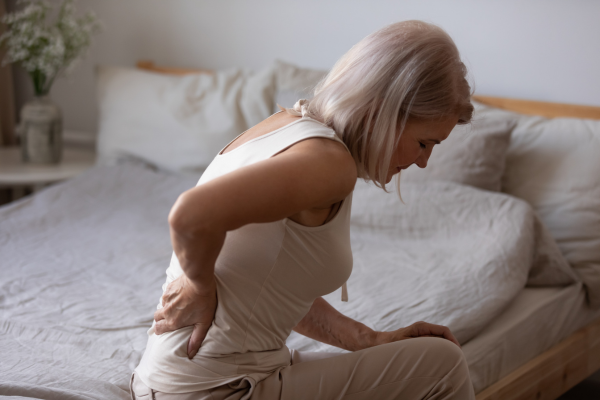Osteoporosis isn’t just sneaking up on you in your 70s.
It’s already laying the groundwork in your 40s and 50s, especially if you’re missing the two most crucial nutrients your bones are screaming for: Vitamin D and Calcium.
Nearly half of women over 50 will break a bone due to osteoporosis, and many don’t even know they have it until it’s too late.
You might think you’re doing enough by getting a little sun or eating some dairy—but the truth is, your bones are probably starving for more.
If you’re not actively fueling them with what they need, you’re setting yourself up for fractures, loss of mobility, and a downward spiral that’s completely avoidable.
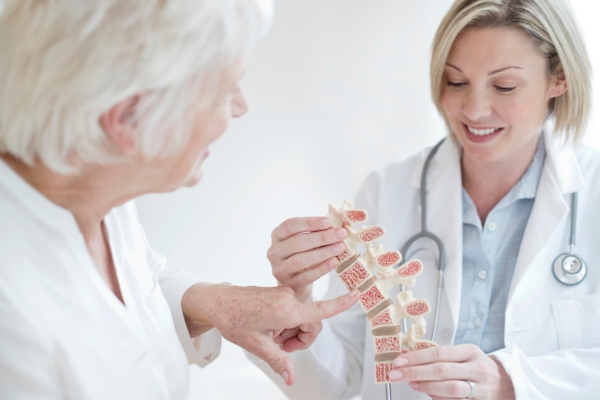
What is Osteoporosis?
Osteoporosis is often called the “silent disease” for a reason—you don’t feel your bones getting weaker until a fracture happens, and by then, it’s already too late.
This condition occurs when your bones lose density and become brittle, making them fragile and prone to breaks from even minor falls or bumps.
Unlike the natural wear and tear of aging, osteoporosis is an aggressive bone loss that goes beyond the normal aging process.
It doesn’t just affect your ability to move; it puts your entire quality of life at risk. [1]
Why Older Women Are at Higher Risk
Let’s get one thing straight: osteoporosis isn’t just a women’s problem, but older women are disproportionately affected due to a nasty combo of menopause and hormonal changes.
Estrogen, a hormone that plays a critical role in maintaining bone density, takes a nosedive during menopause.
This sudden drop accelerates bone loss, making women particularly vulnerable in the years immediately following menopause.
Add in other hormonal shifts and the fact that women naturally have smaller, thinner bones, and you’ve got a perfect storm for rapid bone deterioration. [1]
The Impact of Osteoporosis on Quality of Life and Health Risks
Osteoporosis isn’t just about the occasional fracture; it’s about losing your independence, mobility, and even your sense of safety.
A broken hip, for instance, doesn’t just mean a few months of recovery—it can lead to long-term disability, chronic pain, and a serious decline in overall health.
The risks go beyond broken bones; osteoporosis-related fractures can lead to complications like infections, blood clots, and a drastically reduced quality of life.
In severe cases, these fractures can even be life-threatening, highlighting why proactive bone health isn’t just a good idea—it’s a necessity.
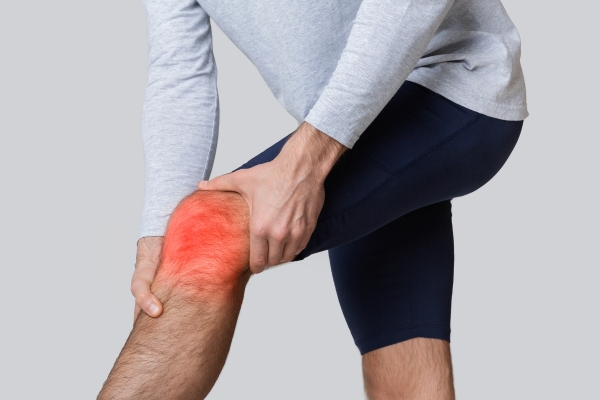
The Role of Calcium in Bone Health
Calcium isn’t just a mineral; it’s the main building block of your bones.
About 99% of the calcium in your body is stored in your bones and teeth, providing the structural integrity that keeps you upright and moving.
When your body doesn’t get enough calcium from your diet, it starts pulling it directly from your bones, weakening them over time.
This mineral is essential for maintaining bone density, preventing them from becoming thin, brittle, and prone to fractures.
Daily Calcium Requirements for Older Women
As we age, the body’s ability to absorb calcium decreases, making it even more crucial for older women to meet their daily needs.
Women over 50 should aim for at least 1,200 mg of calcium per day to maintain bone strength and prevent accelerated bone loss.
This isn’t just a guideline; it’s a non-negotiable for keeping your bones strong and resistant to breaks. [2]
Best Dietary Sources of Calcium
Getting enough calcium isn’t as simple as chugging a glass of milk.
While dairy products like yogurt, cheese, and milk are excellent sources, they’re not the only options.
Leafy greens like kale and bok choy, fortified foods such as orange juice and cereals, and even some nuts and seeds can contribute to your daily calcium intake.
For those who are lactose intolerant or avoiding dairy, calcium-fortified plant-based milks and supplements can help fill the gap.
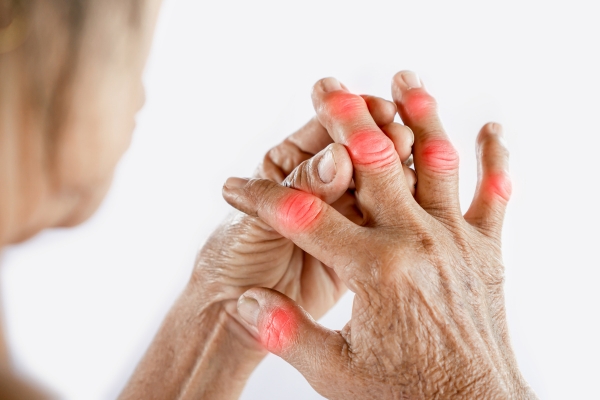
The Role of Vitamin D in Bone Health
Think of Vitamin D as the gatekeeper that lets calcium into your bones.
Without adequate Vitamin D, your body can’t absorb the calcium you consume, no matter how much you take in.
This fat-soluble vitamin helps regulate calcium levels in the blood and ensures that calcium is effectively deposited in your bones, keeping them dense and strong.
The Importance of Maintaining Adequate Vitamin D Levels
Maintaining adequate Vitamin D levels is crucial, especially for older women.
Older women need at least 800 to 1,000 IU of vitamin D daily to help prevent osteoporosis, though some experts recommend up to 4,000 IU for optimal bone health.
Low levels of Vitamin D can lead to decreased calcium absorption, accelerated bone loss, and a higher risk of fractures.
Unfortunately, many older adults are deficient in Vitamin D due to limited sun exposure, dietary gaps, and the body’s decreased ability to synthesize Vitamin D as we age. [2]
Sources of Vitamin D
The sun is the most natural source of Vitamin D, but relying on sunlight alone isn’t enough—especially as we age, spend more time indoors, or live in areas with limited sunlight.
Foods rich in Vitamin D, such as fatty fish (like salmon and mackerel), fortified dairy products, egg yolks, and fortified cereals, can help boost your levels.
When sunlight and diet aren’t enough, a Vitamin D supplement may be necessary to meet your body’s needs.

Synergy of Vitamin D and Calcium
Vitamin D and Calcium are the ultimate power duo for bone health.
While calcium is the main structural component of bones, it’s Vitamin D that ensures calcium gets absorbed and utilized properly.
Without adequate Vitamin D, calcium is essentially locked out of the bones, no matter how much you consume.
Consequences of Deficiencies in Either Nutrient
Deficiencies in either calcium or Vitamin D can spell disaster for bone health.
A lack of calcium can lead to bone thinning, while a Vitamin D deficiency hampers calcium absorption, leading to soft, brittle bones that break easily.
Together, these deficiencies can drastically increase the risk of osteoporosis, fractures, and a downward spiral of mobility and health issues.
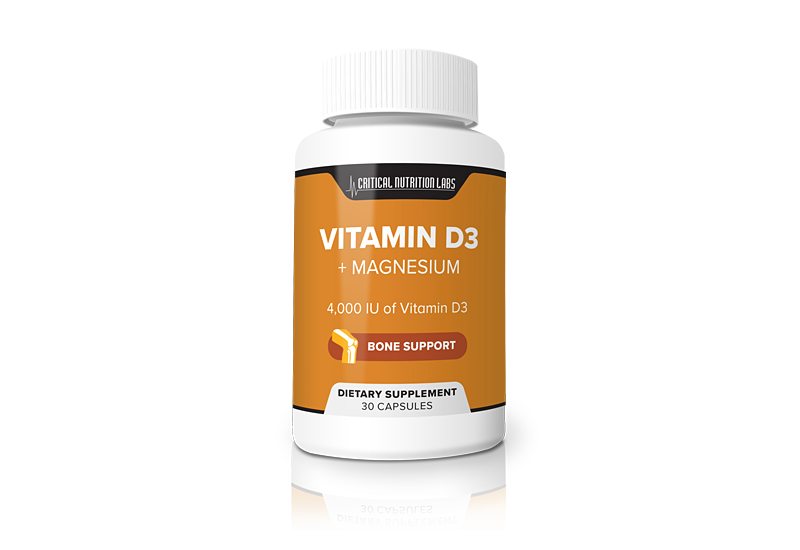
How Supplementation Can Prevent Bone Loss
For many older women, getting enough Vitamin D and calcium through diet and sunlight alone can be a challenge, making supplementation a crucial part of osteoporosis prevention.
Quality supplements can help bridge the gap, ensuring your body gets the right amounts of both nutrients to maintain bone density, reduce fracture risk, and keep you moving confidently as you age.
Don’t leave your bone health to chance.
Boost your Vitamin D levels the right way with our Vitamin D3 + Magnesium formula—because Vitamin D can’t work without magnesium.
Each capsule delivers 4,000 IU of Vitamin D3 and 175 mg of magnesium, ensuring your body fully activates the vitamin D for maximum bone support, mood enhancement, and overall wellness.
Give your bones the nutrients they need to stay strong. Shop now and start unlocking your full health potential!
References
National Academies Press
Institute of Medicine (US) Committee to Review Dietary Reference Intakes for Vitamin D and Calcium; Ross AC, Taylor CL, Yaktine AL, et al., editors. Dietary Reference Intakes for Calcium and Vitamin D. Washington (DC): National Academies Press (US); 2011.

